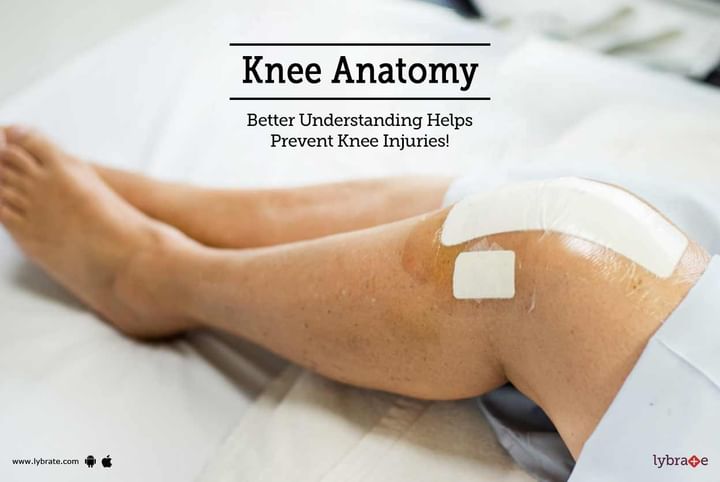Knee Anatomy - Better Understanding Helps Prevent Knee Injuries!
The knee joint is the meeting point of several bones. The knee bone's connected to the thigh bone at knee joint. The thigh bone or femur is the longest bone in the human body and it sits directly above the knee. Below the knee joint lies the shinbone or tibia down to the ankle. Tibia is partnered with the fibula, which runs along the outside of the leg. The kneecap also called as patella lies in between, protecting the knee joint. When the leg bends, the patella moves on the front part of the femur.
Knee Joint Compartments -
Arthritis affects the ends of the bones, or spots where the bones in the knee joint move against each other. The joint capsule is a thick ligamentous structure that surrounds the entire knee that contains synovial membrane which provides nourishment to all the surrounding structures. The synovial fluid produced by the synovial membrane lubricates the knee joint. The capsule itself is strengthened by the surrounding ligaments.
Cartilage in the knees -
Cartilage covers up the knee joint's ends thus keeping the bones from rubbing together and creating friction. This makes cartilage critical to keeping the knees pain-free when one is running, walking bending or squatting. There are two types of cartilage in the knee joint. Meniscus cartilage makes up the crescent-shaped disks on the inside and outside of the knee between the femur and tibia. Meniscus cartilage works like a shock absorber, providing cushion to the joint when walking to running. Joint or articular cartilage covers the bones of the knee, making smooth and friction free movement.
Cartilage is about eighty percent water when we are young, and can lose water content over time to drop to about seventy percent. The knees are filled with fluid that helps to keep the cartilage smooth and slippery. If this fluid is too much can stretch out the joint and less can lead to friction between the bones.
Hence, it is imperative to know how the parts of the knee joint work together, as it is the first step one can take to maintain or restore knee health. In case you have a concern or query you can always consult an expert & get answers to your questions!



+1.svg)
